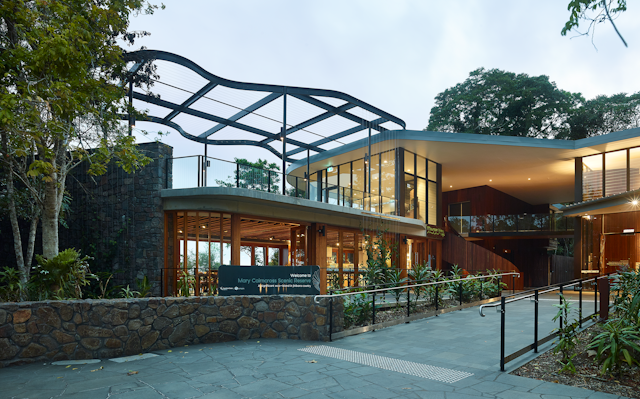Our collective retreat to the safety of our homes during the COVID-19 lockdown has provoked an awakening to the value of local areas for work, play and connecting.
For many of us, the design of buildings, gardens, streets, local parks and shops have all come into closer view.
We’ve had time to notice both good and bad design. We see the things that please us most and the things that are clearly out of place and make us question how they ever got approved in the first place. We all have an opinion about bad design in our local areas.
Read more: A time to embrace the edge spaces that make our neighbourhoods tick
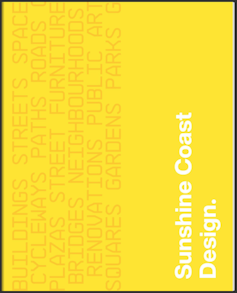
In an effort to prevent further bad design taking shape in its area, the Sunshine Coast Council decided to encourage good design by publishing a book, Sunshine Coast Design (available for A$50 in hardcopy or free online).
To produce a design book, it first had to establish what good design means.
The council, developers, architects and the local community came together to lay out principles that contribute to good design in this fast-growing region.
Good design reflects what we love
Good design should surprise and delight us in ways that increase our appreciation of our local places. The collection of natural, landscape and built elements that we love in our local environment should be the foundation for local design.
Examples of what the council considers is already good design on the Sunshine Coast are showcased throughout the book.
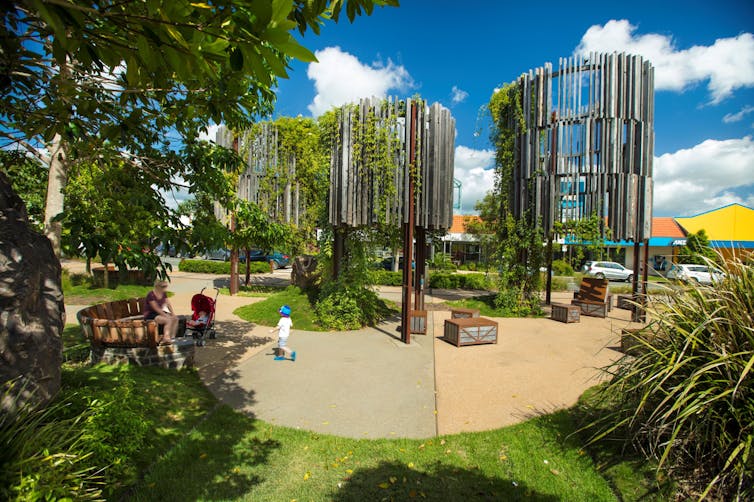
The design process known as placemaking expands and promotes the best features of our local places, from a local perspective. It is a process of engaging communities in design interventions to create meaningful environments.
The aim of placemaking is for gently curated locales that reflect core community values, rather than generic “cookie-cutter” design solutions.
Read more: How to turn a housing development into a place where people feel they belong
This type of intervention can be transformative. However, to make sure any placemaking is socially equitable and reflects local values, the involvement of government in the process is essential.
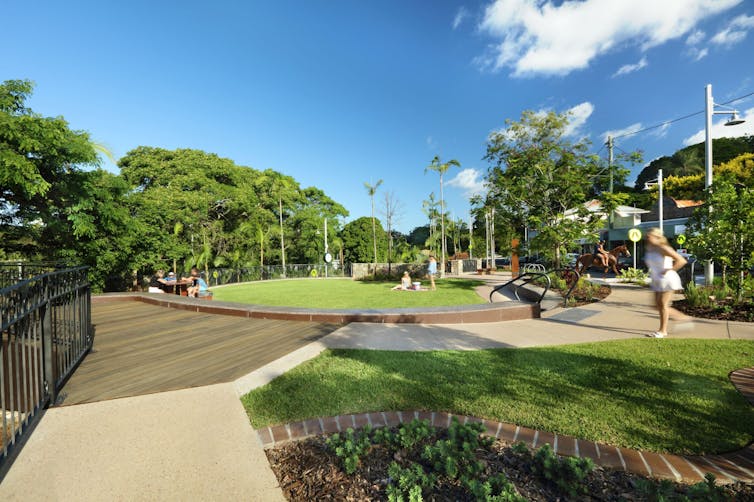
Good design shines on the Sunshine Coast
The Sunshine Coast Design book is a stand-out example of an approach to placemaking led by a local government and based in community values that are translated into design principles.
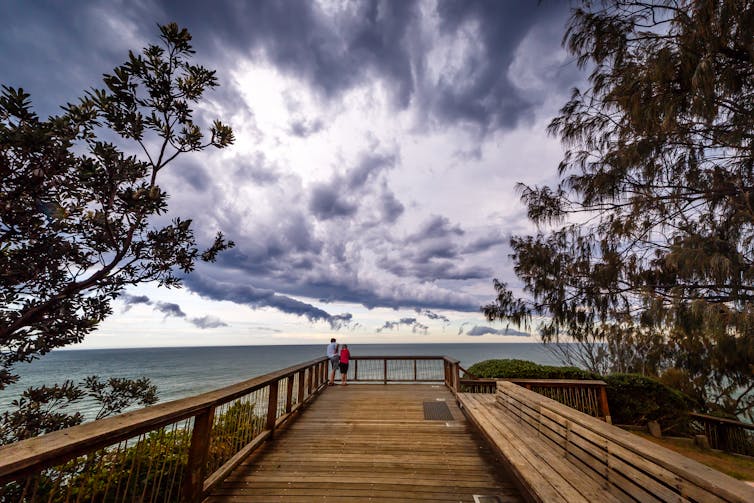
As Sunshine Coast Council Mayor Mark Jamieson said:
As more people are attracted to live on our Sunshine Coast, we need to encourage design that reflects our region’s values and characteristics and guide a design process that enhances and protects what we love about this place.
The visually evocative book echoes the design elements people value in their local places to guide the development of new places on the Sunshine Coast.
Some other examples of good design showcased in the book include the Mary Cairncross Rainforest Discovery Centre at Maleny (pictured top) and Two Tree House private house in Buderim.
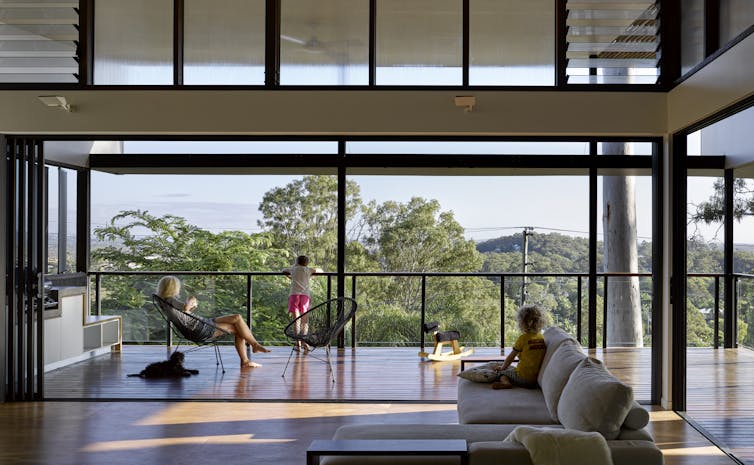
The community engagement process that underpins the book elicits four simple values expressed by people on the Sunshine Coast:
- we love our climate
- we live within and cherish our landscape
- we treasure our oceans, beaches and waterways
- we are a community of communities.
These community values are described in the book as “being at the heart of what makes the Sunshine Coast special”.
Read more: City temperatures and city economics, a hidden relationship between sun and wind and profits
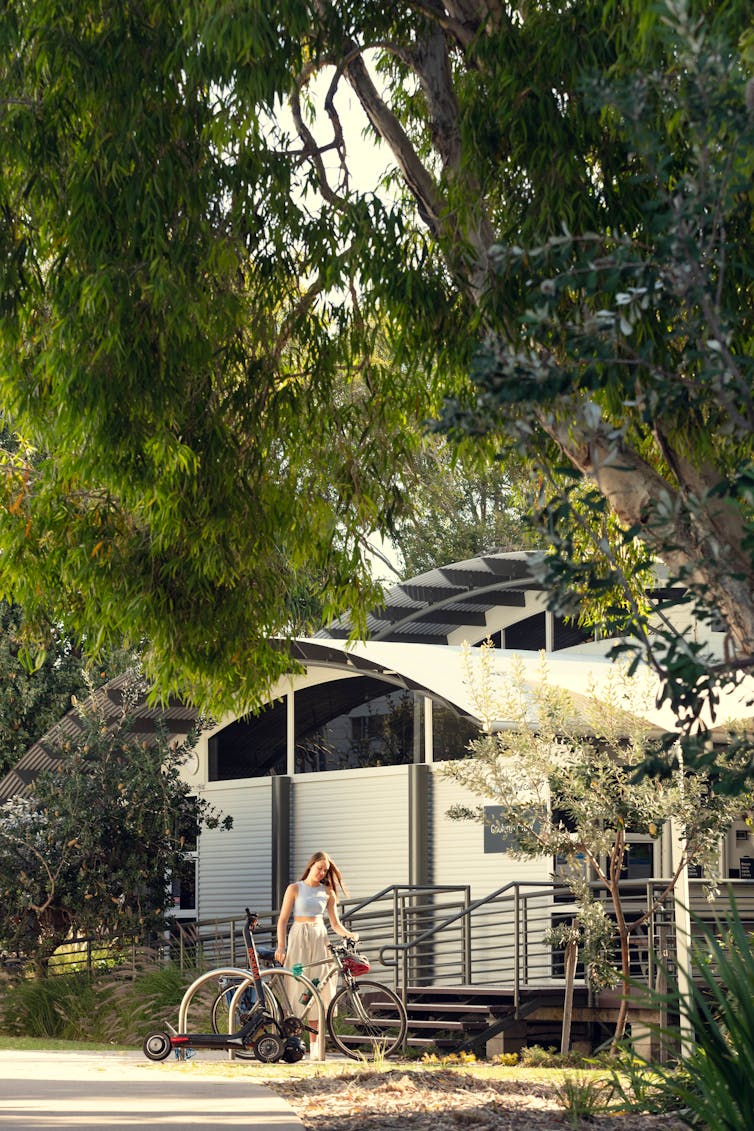
These community values are expanded to a set of ten design principles identified in workshops with design specialists (architects, urban designers, artists, urban planners) and developers, and tested with community members.
Read more: Playing games? It's a serious way to win community backing for change
These principles should now guide future design to:
- work with the local climate
- create places that respect and incorporate landscape
- bring our cultures, arts and heritage to life
- capture and frame views and create vistas
- strengthen and extend a network of green corridors
- be inspired by the natural and built environment
- create shady trees that put people first
- create welcoming spaces that everyone can enjoy
- design places to be resilient and ready for change
- create and add value.
These principles are not enforceable, but developers, designers and council would be wise to follow them if they want people to continue to love the many special places on the Sunshine Coast.

They should act as a guide for future development ranging from council parks and buildings to the renewal of shopping strips and new homes and suburbs. All developments should aspire to reflect the elements of the Sunshine Coast that matter to local people.
The reflection of local values in a design guide is something all Australian communities, developers and levels of government can adapt and learn from.

